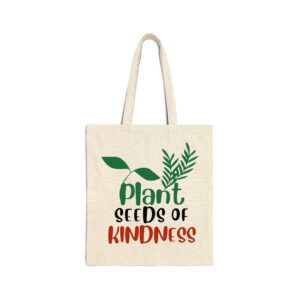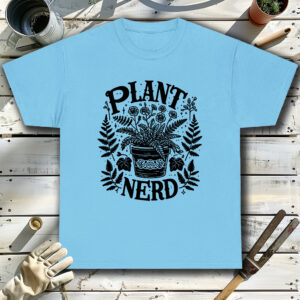Table of contents
Pignee Date palm

Latin Name: Phoenix roebellinii
Category: Palm
Family: Palmae
Origin: Vietnam
Climate: Tropical
Growing Zones: 11-10
Care Instructions
The Pignee Date palm (Phoenix roebellinii) is a tropical plant that originates from Vietnam. This palm plant belongs to the Palmae family and is well-suited for growing in USDA zones 11-10.
Complete Care Guide for Pignee Date Palm (Phoenix roebellinii)
Watering Requirements
The Pignee Date Palm, also known as the Dwarf Date Palm, thrives in well-drained soil and requires careful attention to its watering needs. During the growing season, which typically spans from spring to early fall, it is essential to keep the soil consistently moist but not soggy. Water the plant thoroughly, allowing excess water to drain out of the pot or ground. In the winter months, reduce watering frequency, allowing the top inch of soil to dry out between waterings. Overwatering can lead to root rot, so always check the soil moisture before adding more water. A good rule of thumb is to water when the soil feels dry to the touch.
Light Conditions
The Pignee Date Palm prefers bright, indirect light but can also tolerate partial shade. Ideally, place it in a location where it receives filtered sunlight for several hours a day. Direct sunlight can scorch the leaves, leading to brown tips and edges. If grown indoors, a spot near a window with sheer curtains is perfect. If you notice the leaves stretching or becoming leggy, it may be a sign that the plant is not receiving enough light, and you should consider moving it to a brighter location. Conversely, if the leaves are turning yellow, it may be receiving too much direct sunlight.
Soil Preferences
The ideal soil for the Pignee Date Palm is a well-draining potting mix that retains some moisture without becoming waterlogged. A mixture of peat, perlite, and sand works well to provide the necessary drainage and aeration. If planting in the ground, ensure the soil is rich in organic matter and has good drainage capabilities. Fertilization should be done during the growing season with a balanced, water-soluble fertilizer every 4-6 weeks. This will promote healthy growth and vibrant foliage. In the fall and winter, reduce or stop fertilization as the plant enters a dormant phase.
Pests and Diseases
The Pignee Date Palm can be susceptible to a few common pests, including spider mites, mealybugs, and scale insects. Regularly inspect the leaves for any signs of infestation, such as webbing or sticky residue. If pests are detected, treat them promptly with insecticidal soap or neem oil, ensuring to cover both the tops and undersides of the leaves. Additionally, the plant can be prone to fungal diseases if overwatered or if humidity levels are too high. To prevent these issues, ensure proper air circulation around the plant and avoid wetting the leaves during watering. If you notice any signs of disease, such as leaf spots or wilting, remove affected leaves and adjust your care routine accordingly.
Special Care Tips
To keep your Pignee Date Palm healthy and thriving, consider the following special care tips. First, regularly dust the leaves with a damp cloth to keep them clean and allow for optimal photosynthesis. This also helps prevent pest infestations. Additionally, if you are growing the palm indoors, rotate the pot every few weeks to ensure even growth and prevent the plant from leaning towards the light source. During the growing season, you may also want to mist the leaves occasionally to increase humidity, especially in dry indoor environments. Finally, be patient; the Pignee Date Palm is a slow grower, but with the right care, it will reward you with its lush, tropical appearance for many years.








